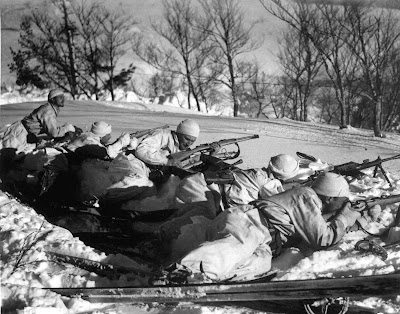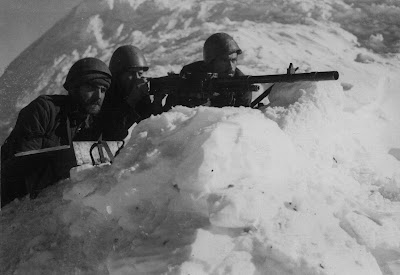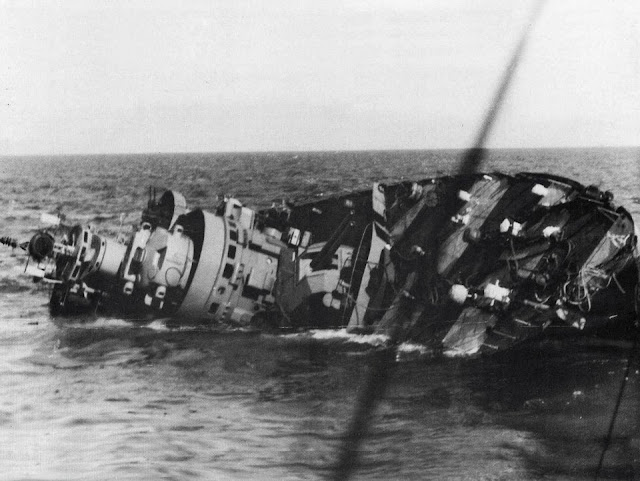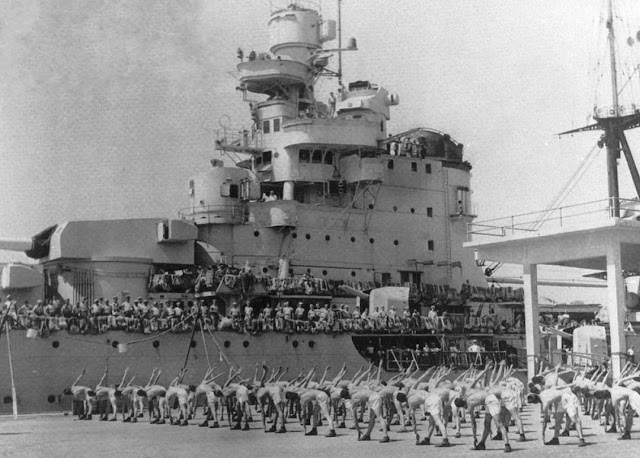The sinking of the heavy cruiser Zara in the account of two survivors
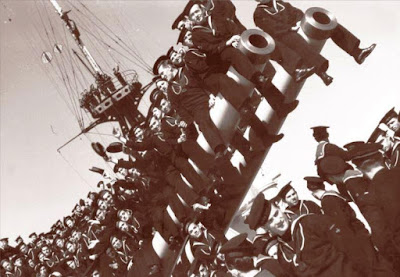
Below are the accounts of two survivors from the heavy cruiser Zara , sunk on 29 March 1941 in the battle of Cape Matapan. Both come from the book Le battaglie navali del Mediterraneo nella seconda guerra mondiale , by Arrigo Petacco. I decided to include the first one as well because, although short and told in third person, unlike the other, it comes from someone who was on the bridge, next to Zara ’s commanding officer, and thus gives some insight about what was happening there in those moments. The two accounts somewhat complement each other, as the first one ends as the Mediterranean Fleet opens fire on Zara , and the second begins just after the shooting is over; the first survivor was up on the bridge, the second deep in the bowels of the ship. The first account is from Sub-Lieutenant Giorgio Parodi, on the bridge. At 22:25 a red signal was spotted to port. “That is Pola ”, Captain Luigi Corsi ( Zara ’s commanding officer) told Parodi. Then, as if having second though
